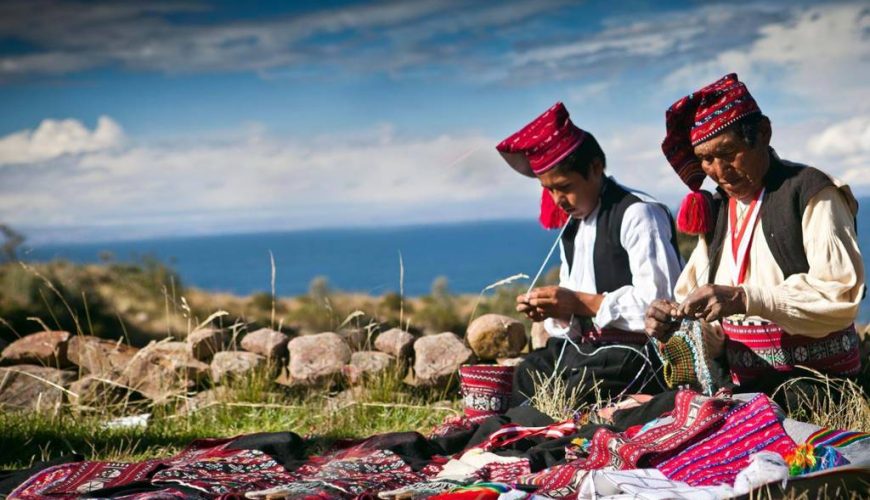Alejandro Velasco Astete International Airport (CUZ)
Alejandro Velasco Astete International airport (CUZ)
Machu Picchu, Cusco – Peru
Machu Picchu, Cusco – Peru: Machu Picchu is an Incan citadel set high in the Andes Mountains in Peru, above the Urubamba River valley. Built in the 15th century and later abandoned, it’s renowned for its sophisticated dry-stone walls that fuse huge blocks without the use of mortar, intriguing buildings that play on astronomical alignments, and panoramic views. Its exact former use remains a mystery.
Latin America
Latin America is a region of the world that spans two continents, North America (including Central America and the Caribbean) and South America. It includes 19 sovereign nations and one non-independent territory, Puerto Rico. Most people in the region speak Spanish or Portuguese, although French, English, Dutch, and Kreyol are also spoken in parts of the Caribbean, Central America, and South America.
Cusco, Peru
Cusco, Peru – South America: The ancient capital of the Inca Empire and one of 24 Departments it is the most popular destination by far, drawing hundreds of thousands of visitors each year. Steeped in history and archaeological sites, surrounded by marvelous Andean mountain landscapes and with easy access to the lowland Amazon basin, it is undoubtedly a monumental gateway to many great adventures, of which the Inca Trail to Machu Picchu is only the tip of the iceberg.
Come to Peru and visit Cuzco!
Lima, Perú
Lima, Perú – South America: Lima, the capital of modern Peru, –known in colonial times as “The City of Kings”–is more than just a gateway to Peru’s fascinating Andes mountains and Amazon basin. Sitting on top of a cliff overlooking a bay on the Pacific Ocean, the buildings and skyscrapers of modern Lima mix with the colonial palaces and churches of its glorious past making for a colorful and exuberant urban environment.
Peru
Peru, land of the legendary Incas, has retained much of its mythical feel. The cultural capital of Cuzco provides a glimpse into the country’s proud history, as the center of the Sacred Valley and the explorer’s base for the lost city of Machu Picchu. The Quechua and Aymara, descendants of the Incas, weave threads of their culture with Spanish influences to create a rich Peruvian culture of art, architecture and music. A Peruvian traveler has the opportunity to see watch the sun set on the Pacific, climb the highest peak in the snow-capped Andes, and catch a glimpse of the pink river dolphin in the Amazon River.
Puno, Perú
Puno, Perú – South América: The small port of Puno is departure point to make tours to Lake Titicaca’s various islands or to surrounding archaeological sites. The Puno town was founded on November 4, 1668, near the site of the colonial silver mine of Laykakota.
Arequipa, Perú
Arequipa, Perú – South América: Arequipa known as the White City, is surrounded by some of the wildest terrain in Peru. This is a land of active snowy volcanoes, high-altitude deserts, thermal hot springs, salt lakes and, last but not least, the world’s deepest canyons.










